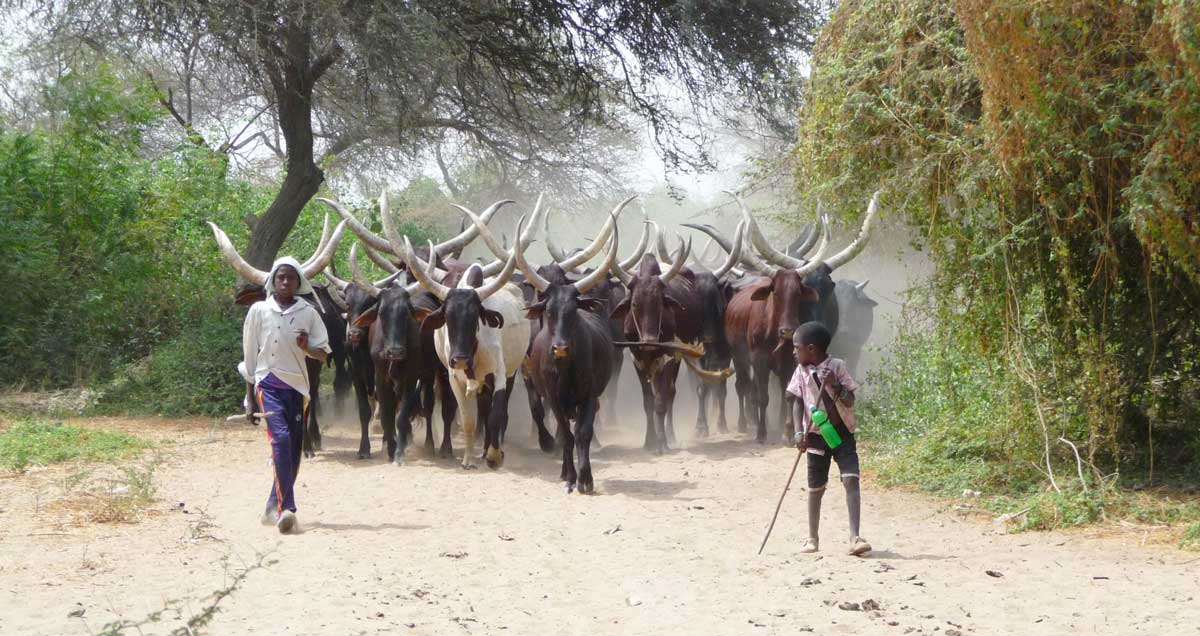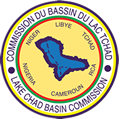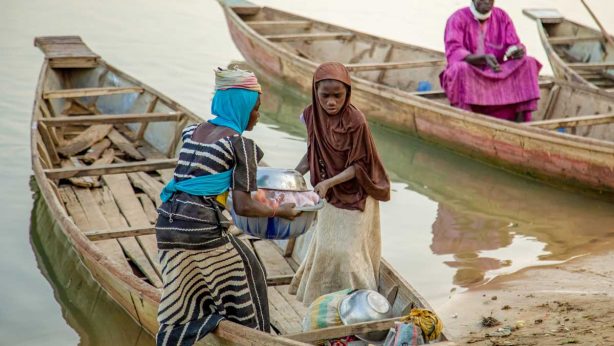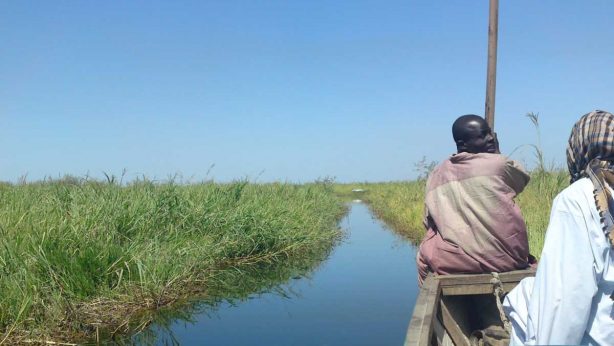Rehabilitation and Resilience Building Programme for Socio-Ecological Systems in the Lake Chad Basin (PRESIBALT)

Ecosystems of the Lake Chad Basin are exposed to various stresses that climate change and anthropogenic factors are aggravating. As a result, natural resources are experiencing rapid degradation. However, livelihoods of the populations and the economies of localities and countries bordering this complex ecological system, essentially depend on this natural capital: land, water and natural resources, which employs a large part of the active population, through fishing, agriculture, animal husbandry and forestry.
In this regard, the Lake Chad Basin Commission (LCBC) has developed this programme, which has a regional approach to advocate for the rehabilitation and resilience of the socio-ecological systems in the Lake Chad Basin. This approach will bring rapid and visible impact. To do this, the AfDB has granted CFAF 53.82 billion through the ADF at a total cost estimated at UA 71.23 million.
The programme is part of the Five-Year Investment Plan (2013-2017) of the Lake Chad Basin Commission (LCBC). The assumption is that the resilience of vulnerable localities will be reinforced through the planned programme’s actions. The main objective of the programme is to contribute to poverty reduction among the populations depending on the Lake Chad Basin resources by improving the ecological, economic and social resilience. Through this goal, three specific areas of results are targeted:
- Result (1): Improvement of the hydraulicity of the Logone-Chari complex, the flood plains and the Komadougou-Yobé;
- Result (2): Rehabilitation of agro-hydro-meteorological observation networks and aquifers to densify the observation network and the supply of drinking water and sanitation;
- Result (3): Creation of a Transboundary Biosphere Reserve (RBT) and inscription of Lake Chad as a World Heritage Site;
- Result (4): Development of value chains for the main productions of the basin as well as improvement of the social dimension of resilience building.
These result areas have been broken down into three components:
- Component (A): Preservation and development of water resources;
- Component (B): Development of ecological services and value chains and;
- Component (C): Institutional Strengthening and Programme Management.


